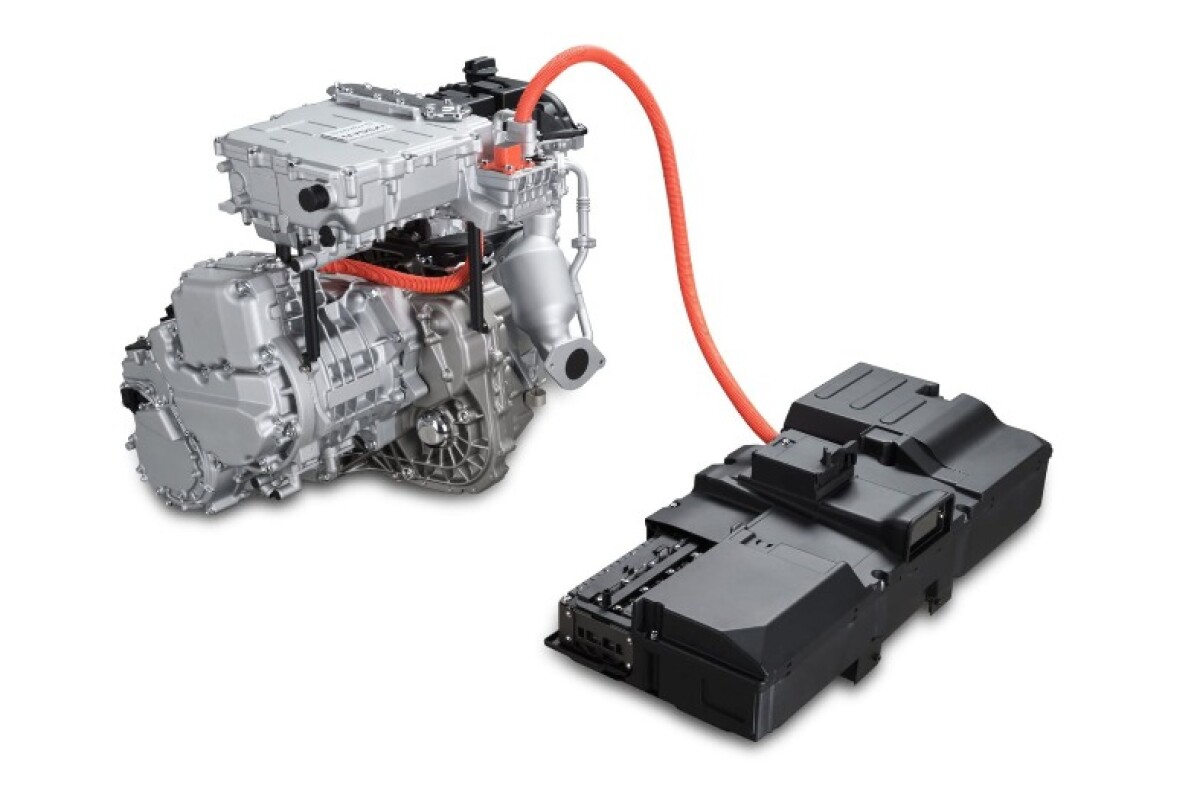Nissan has been one of the biggest proponents of electric power in the automotive world, but it's never offered a range-extender powertrain to regular consumers. That's set to change with the launch of the new e-Power electric-motor drivetrain, which uses a small petrol engine to charge the battery when range is low.
Although it has been a staunch supporter of pure battery-powered cars, it makes sense for Nissan to offer a range-extender hybrid alongside the all-electric Leaf. Electric cars make a lot more everyday sense than they did three, or even two years ago, thanks to the extra range offered by improvements in battery technology. But a lack of charging infrastructure and range anxiety are still roadblocks to wider adoption, because people are so used to the pattern of driving, filling up with gas and driving on again.
Range extenders, like those used in BMW's i3 and the Hyundai Ioniq, meld the best of internal-combustion and battery-powered worlds. The wheels are powered by an electric motor, so drivers are treated to the silken acceleration and instant torque of a pure electric car. But, when the battery levels are low, there's no need to plug in and wait for hours. Instead, the petrol engine kicks in and acts as a generator, charging the battery as you drive.

According to Nissan, its new e-Power drivetrain is the most sophisticated example of the series-hybrid breed. The company has worked to make all the components smaller and lighter, and uses a more responsive motor controller for better efficiency. Although no specifics about battery capacity have been provided, we do know the lithium-ion unit in the e-Power drivetrain is smaller than the battery in the Leaf EV.
The new drivetrain will make its debut in the Note e-Power, which will be the first mass-production compact hatchback fitted with this kind of hybrid powertrain. To make the hardware fit into such a small body, Nissan has placed the battery under the front seats, while the petrol generator and electric motor share space under the hood.
Source: Nissan









